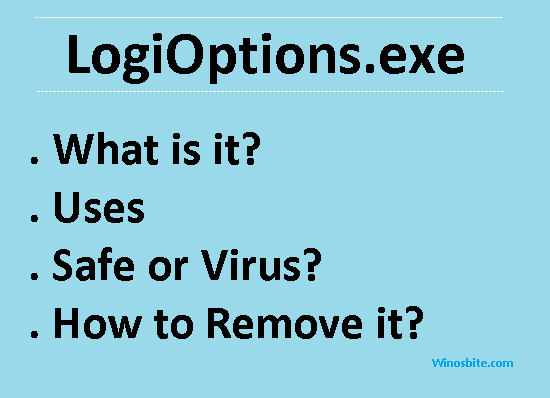Not sure whether CcmExec.exe is safe, its uses, why high CPU, and how to kill this process? Find complete information in this post. This is one of the Microsoft component software that users may have come across during many instances. Certain errors of functioning could have made users wonder about its originality and use. In this article below we should provide you with all major details and diagnoses about the CcmExec.exe software file.

The Full form of CCMExec is Change Configuration Management Executable
Quick Overivew
What is CcmExec.exe?
Designed by Microsoft for its Windows Operating System are several component software packages that provide the OS for its proper functioning. One such program is Change and Configuration Management (CCM). This program is linked with the Windows 2000 Operating System and is a combination of features that helps the OS to simplify several tasks.
One of the major tasks of the CcmExec process is that it manages the user desktop configuration along with its deployed software and operating system. Using this program one can perform many functions. It allows users to roam to any computer-controlled within their network; it is used to install, update and manage software and also for defining computing environment.
CcmExec.exe is a component of the Change and Management Configuration software. As the extension .exe suggests, it is an executable file. Executable files in general contain the run codes of the software and make them workable on your system. The run codes contained in the CcmExec.exe file helps to trigger the Change and Configuration Management Utility. This function does not pose harm to the system.
File Location
The ccmExec.exe file being an executable file is located in the main memory of the system, which is the RAM, as these files perform the core functions for all software that facilitates the functioning of the Operating System. Therefore, you will get it under the C drive of your system.
The default location of CcmExec.exe is under the C:\Windows\CCM\ directory.
To get this file one needs to open the sub-folder “Windows” within C drive. CcmExec.exe is likely to be located among two folders within the “Windows” folder. Firstly and most commonly the “CCM” folder might hold it, and if not it is held by the “System32” folder. 70% of the time this file takes up a space of 0.76 Mb in the main memory. This may vary from 0.59 Mb to 0.75 Mb in most Windows Operating Systems.
There are other similar executable files like:
Is it Safe or Virus?
The ccmExec.exe file generally does not prove to be any kind of threat to the system. However, if its location is in someplace other than the default location of your system, there are high chances of it being a Trojan or Virus.
You might notice that CcmExec.exe is using a high CPU during downloading any updates, which is normal, and nothing to worry about it.
In most cases, the executable file names are used as Trojan files and can harmfully affect your system. This must be noted and removed if required. The CCM software is designed by a trustworthy company like Microsoft and hence should not be worried about.
How to Stop / Remove
If the CcmExec.exe is consuming high resources or showing an error message then the below steps can be performed to fix it. Removal of this folder would hamper the triggering process of the Change and Configuration Management software, however, in case the software needs an update or requires to be stopped for some reason, listed below are the steps to uninstall the software:
- Right-click on Taskbar
- Click on Start Task Manager
- Select Processes Tab
- Right-click over CcmExec.exe
- Select End Process Tree
This will terminate the CcmExec.exe process and the high CPU issue will be resolved. If you also faced a similar issue or have any feedback then please leave your comment below.

